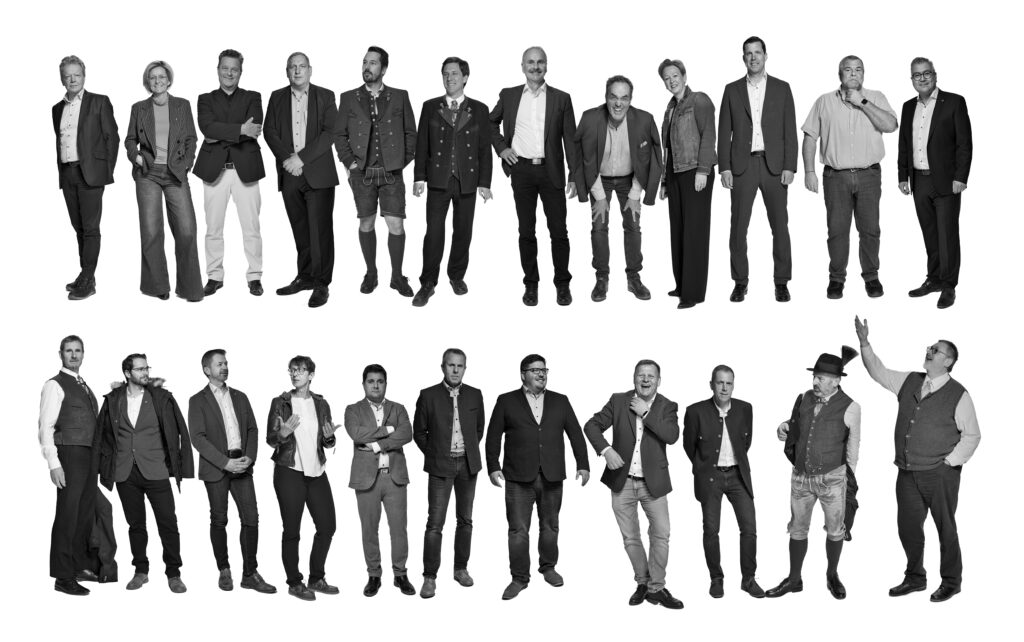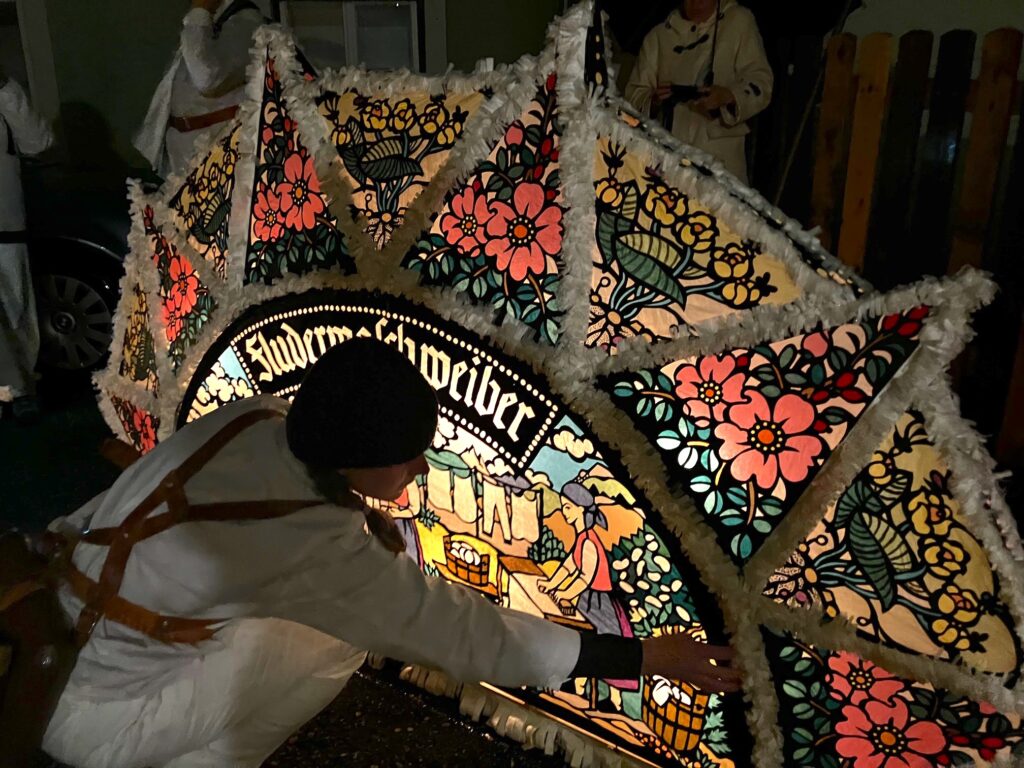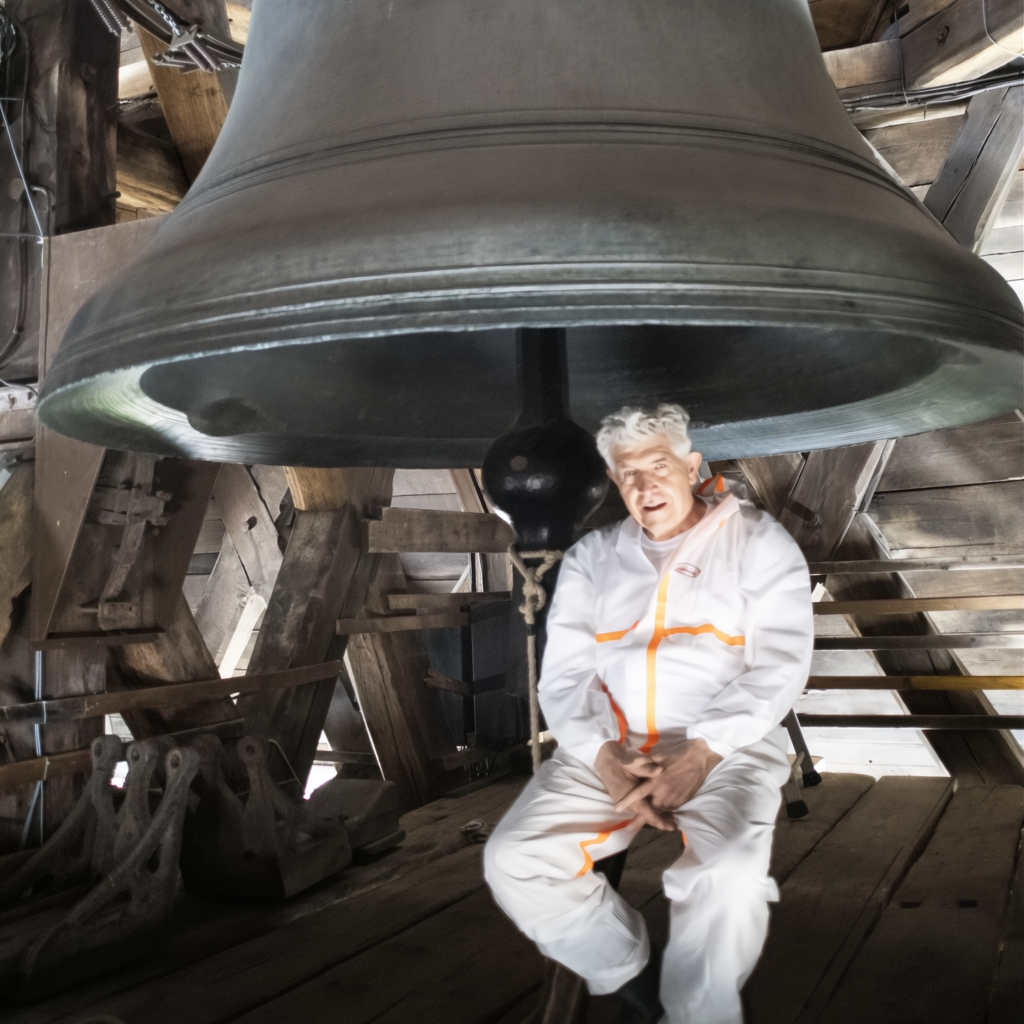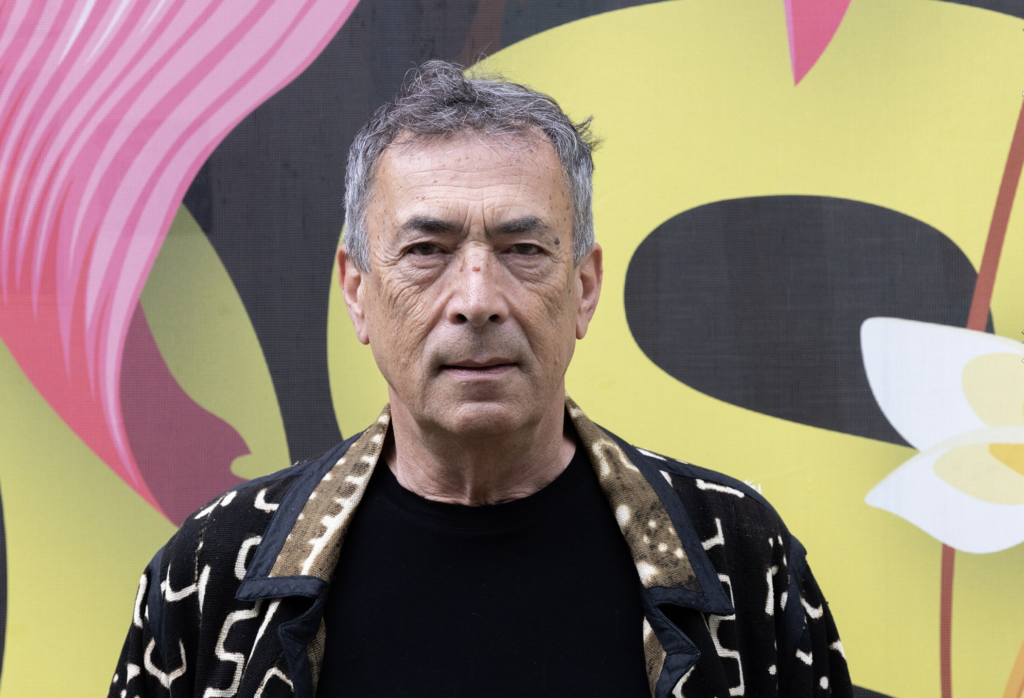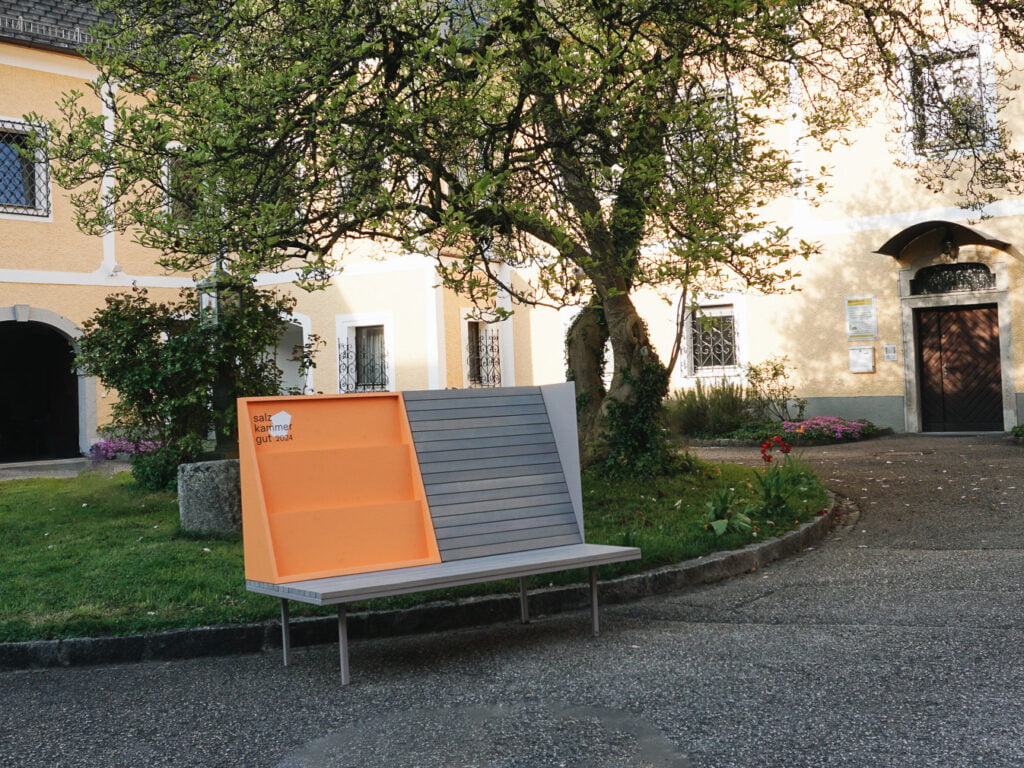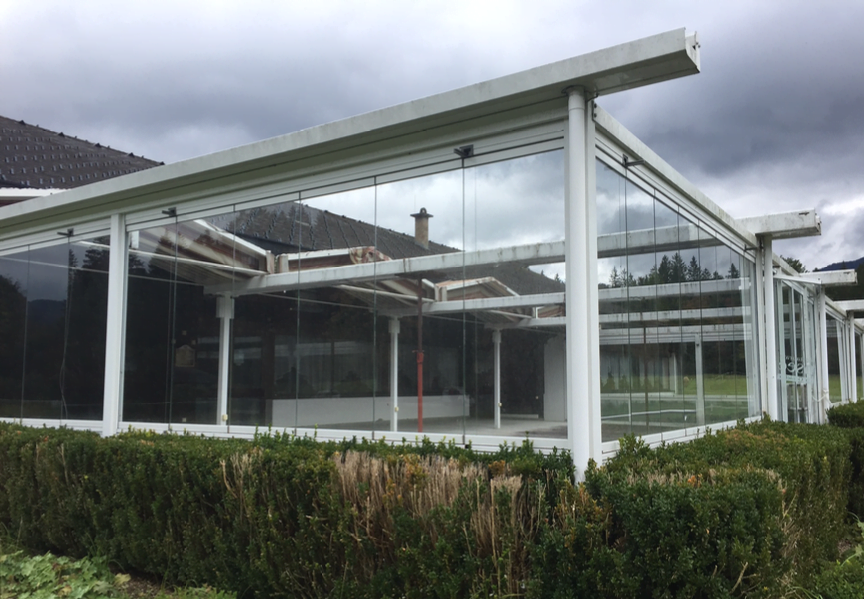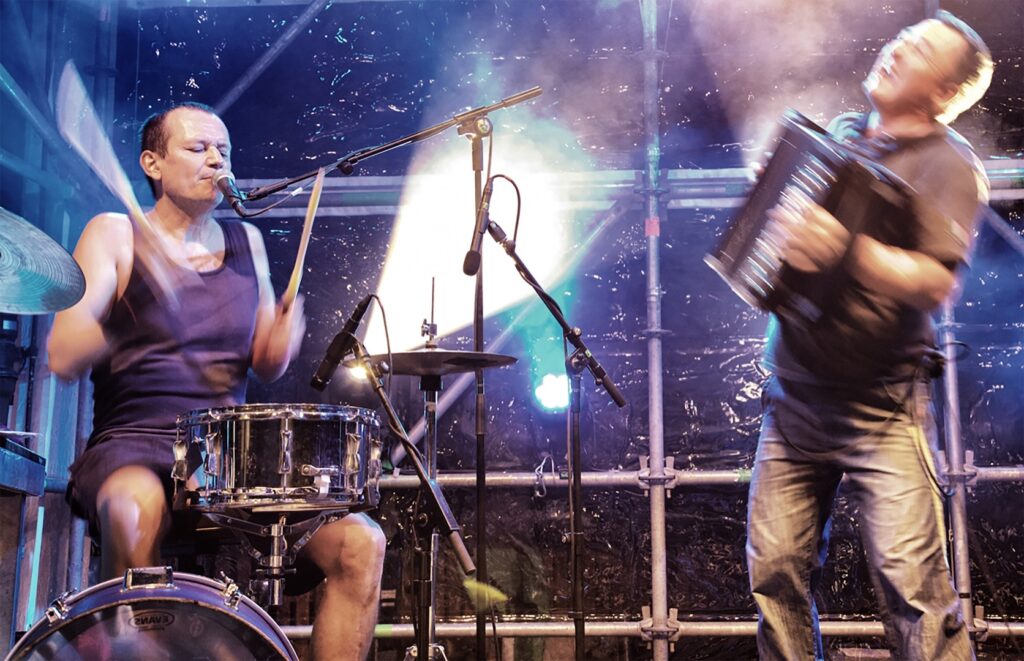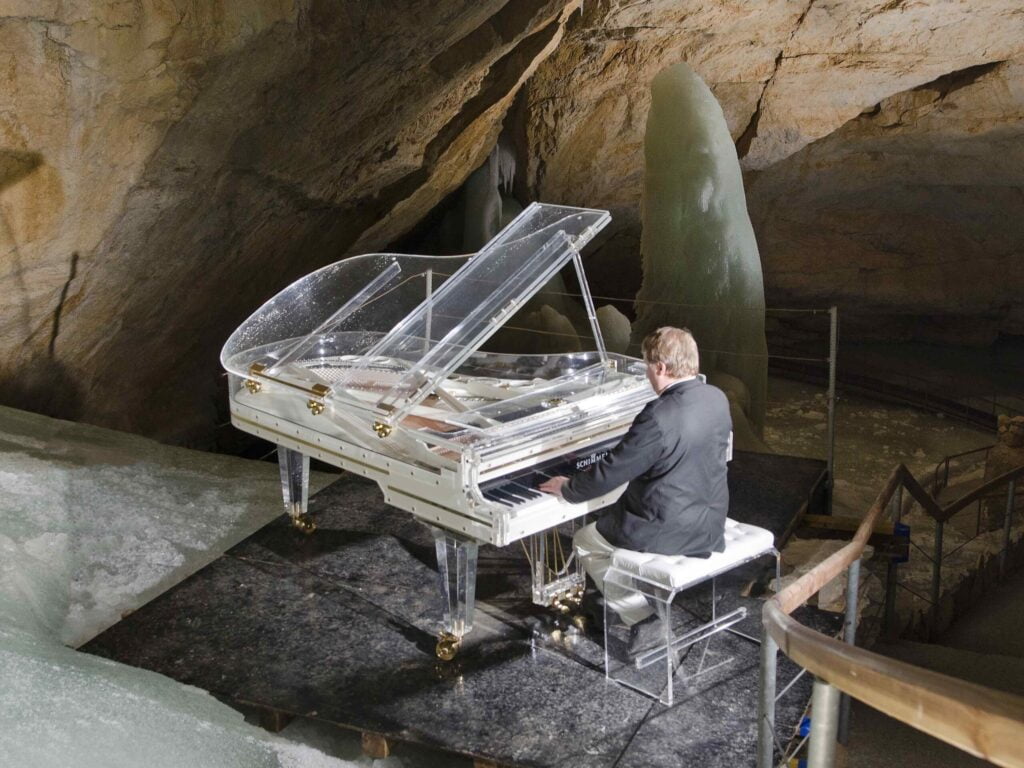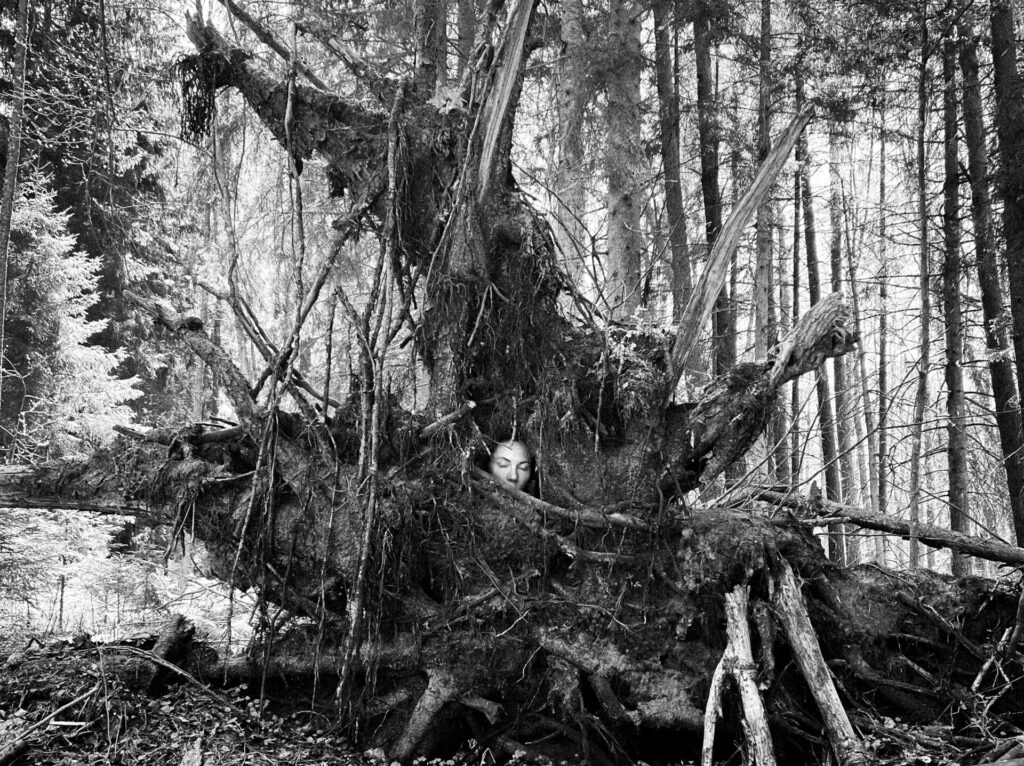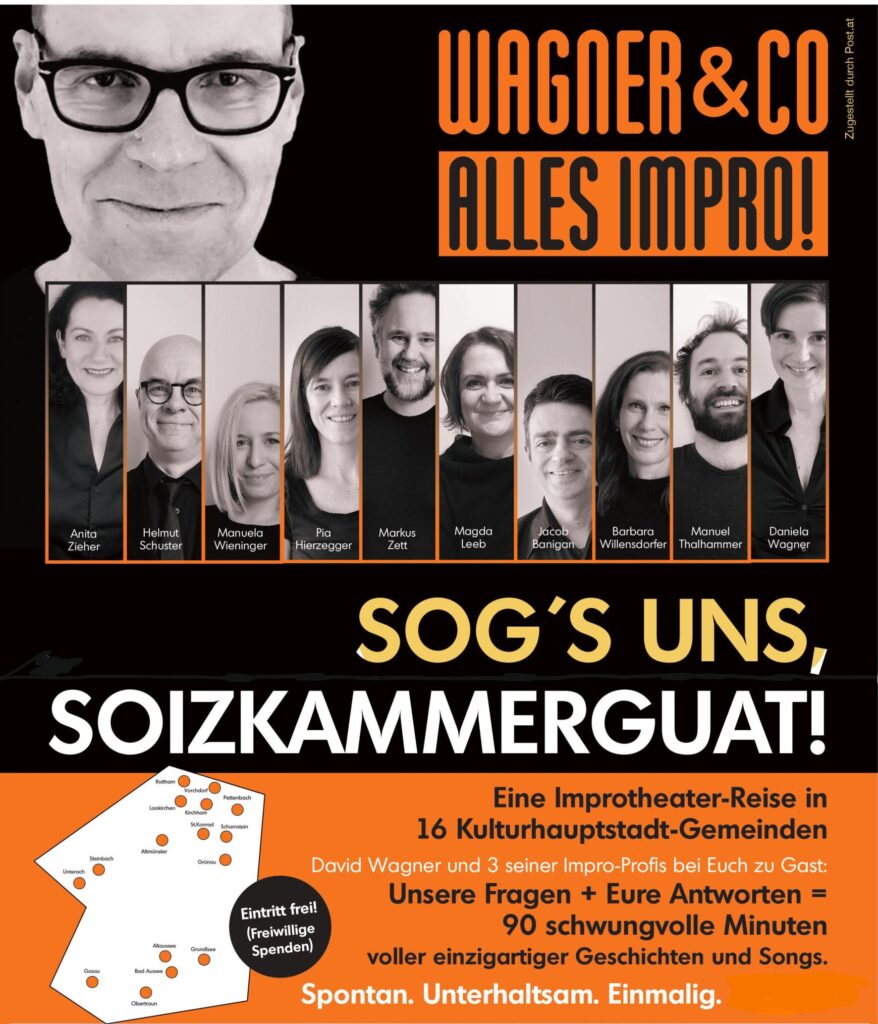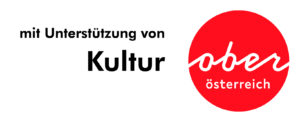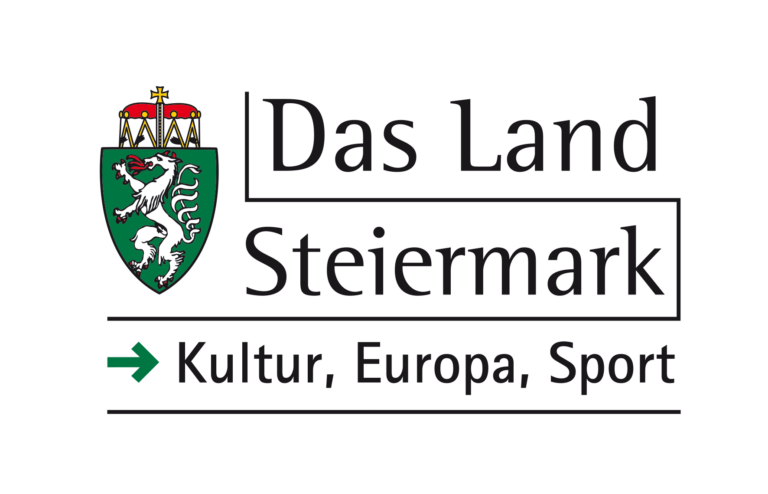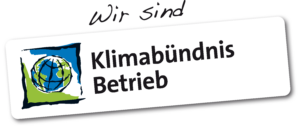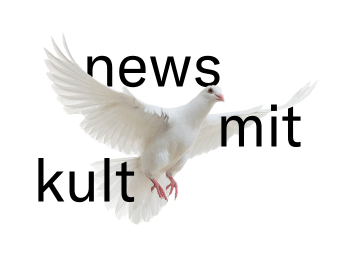Obertraun
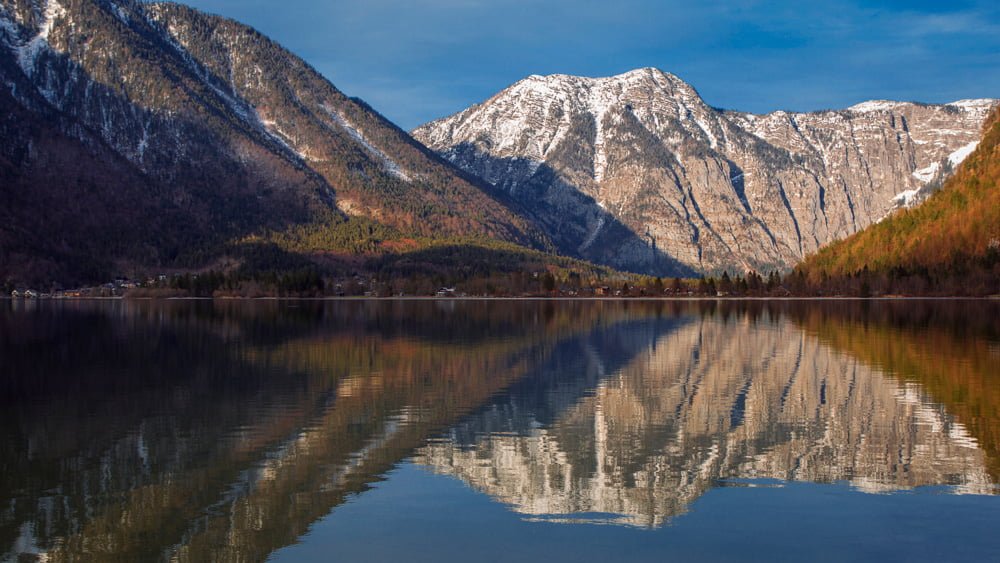
Obertraun
In the community of 740 inhabitants on the southern shore of Lake Hallstatt, visitors can expect spectacular viewing platforms such as the 5fingers, a wide network of biking and hiking trails, a variety of sights and attractions for the whole family.
In addition to Lake Hallstättersee, the impressive mountain world and its show caves inside the Dachstein massif – the fascinating Dachstein Riesen Ice Cave, the massive Mammoth Cave and the underground white water spectacles in the Koppenbrüller Cave – this landscape is characterized by a cultural continuity that spans thousands of years.
In the idyllic Koppenwinkel, natural beauty awaits and springs arise directly from the Dachstein plateau.
In winter, deep-snow freaks, snowboarders and snowshoe walkers as well as “hut sitters” and sun worshippers meet in the Krippenstein freesports arena. In addition, the ski area on the Krippenstein offers the longest ski run in the Eastern Alps with 11 kilometers.
And in the valley, 14 km of cross-country ski trails and cleared winter hiking trails await winter sports enthusiasts.
Independence since 1920!
Obertraun was first mentioned – as “Obere Traun” – in 1325 in the Upper Austrian Stiftsurbarium Traunkirchen. But already 2,000 years earlier – according to scattered finds – the area was not unknown. Since a magnificent bronze sword was found below the Däumelkogel (1150-950 B.C.), an Egyptian bronze deity as well as a Roman bronze helmet in the Koppental. The settlement between the depths of Lake Hallstatt and the steep Koppen walls was closely connected with the Hallstatt salt mining industry. The Traunauen and the Koppen provided abundant wood for the enormous wood consumption of the brew pans and for the extraction of charcoal for the salt works forges.
In 1920 the time had come! The Obertraun village representatives applied to the Hallstatt municipal council for secession for various reasons and decided to go their own ways.
Sehenswertes in Obertraun
Heading zweizeilig
Lorem ipsum dolor sit amet, consectetur adipiscing elit. Ut elit tellus, luctus nec ullamcorper mattis, pulvinar dapibus leo.
Heading zweizeilig
Lorem ipsum dolor sit amet, consectetur adipiscing elit. Ut elit tellus, luctus nec ullamcorper mattis, pulvinar dapibus leo.
Heading zweizeilig
Lorem ipsum dolor sit amet, consectetur adipiscing elit. Ut elit tellus, luctus nec ullamcorper mattis, pulvinar dapibus leo.
Magazin
Introtext Lorem ipsum dolor sit amet, consetetur sadipscing elitr, sed diam nonumy eirmod tempor invidunt ut labore et dolore magna aliquyam erat, sed diam voluptua. At vero eos et accusam et justo duo dolores et ea rebum.
